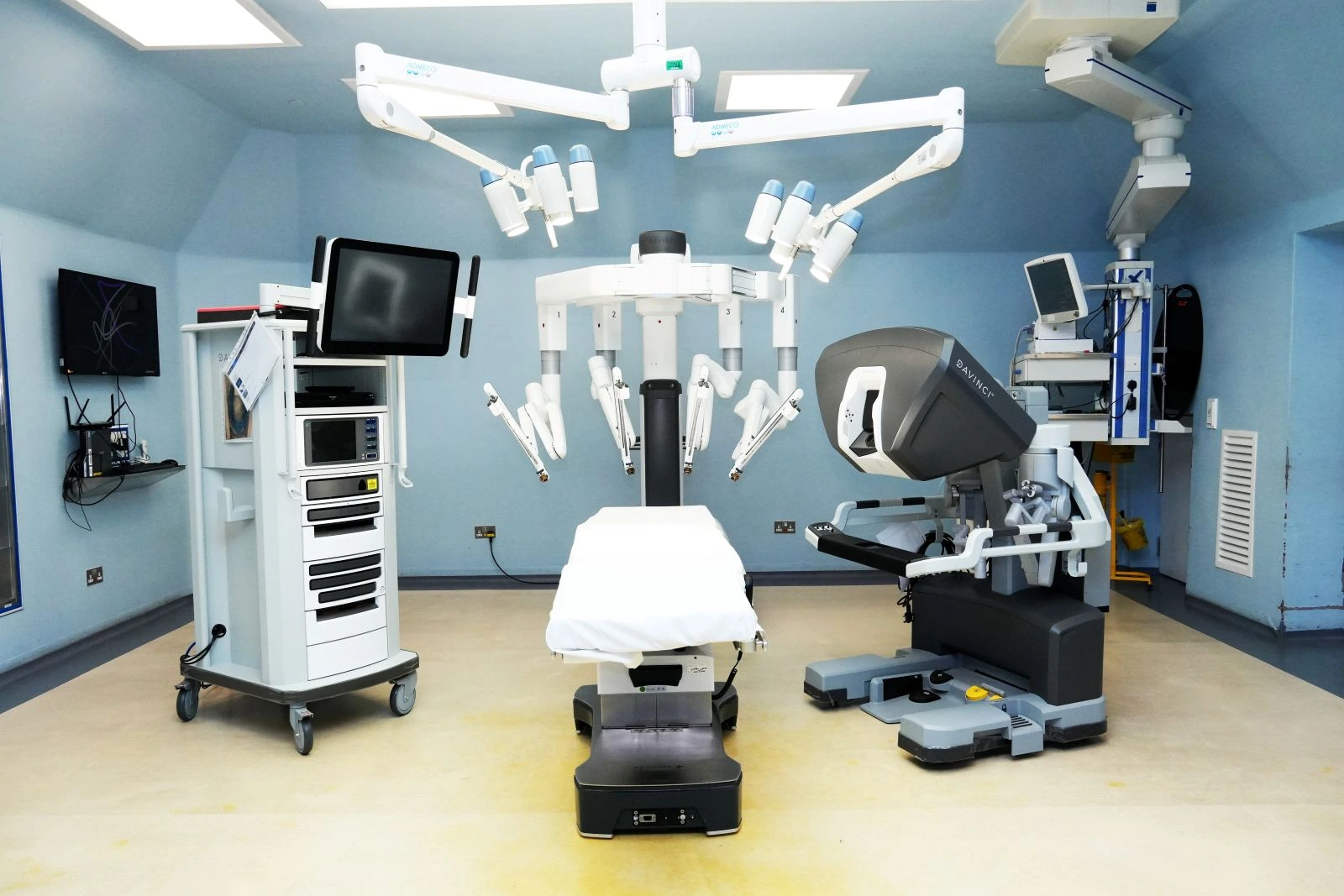
Robotic surgery, also known as robot-assisted surgery, is a minimally invasive procedure where surgeons use robotic systems to perform complex operations with greater precision, flexibility, and control. These systems offer enhanced 3D visualization, enabling smaller incisions and providing benefits such as faster recovery, reduced pain, and lower scarring for patients.
Gleneagles Hospital Kota Kinabalu ventures into groundbreaking medical territory with a team of skilled surgeons who expertly leverage the Da Vinci Robotics Surgical System, enhancing precision and control in robotic-assisted procedures.
The Da Vinci is a cutting-edge robotic system that helps surgeons perform complex procedures through a minimally invasive approach. Using a 3D camera and robotic arms controlled from a console, it offers greater precision, smaller incisions, and faster recovery. Over 10 million patients worldwide have benefited from surgeries using the Da Vinci system.
| Da Vinci Robotic Surgery | Conventional Laparoscopy | Traditional Open Surgery | |
|---|---|---|---|
| Recovery Time | Shorter than laparoscopy | Shorter (days) | Longer (weeks) |
| Risk of infection and blood loss | Lesser blood loss compared to laparoscopy | Rare | Higher risk of bleeding and infection (due to extended exposure) |
| Pain Level | Similar to laparoscopy | Less pain due to smaller incisions | More pain due to larger incisions |
| Scarring | Similar to laparoscopy | Smaller, less noticeable scars | Larger, more noticeable scars |
| Surgeon Control | Tremor filtering allows for precise movements, and the robotic arms reach areas impossible with traditional laparoscopy | Limited range of motion and less ability to access compared to robotic surgeries | Limited range of motion and dexterity compared to minimally invasive approaches |
| Surgical Visualization | Highly magnified 3DHD vision and true depth perception allow surgeons to see tissue planes in detail, precisely identifying structures and maintaining perfect anatomical orientation | Conventional laparoscopy offers magnified views, but limited surgeon control and magnified assistant tremors can make identifying delicate structures challenging | Unmagnified and small structures like nerves and vessels will not be visible |
The Da Vinci offers surgeons unparalleled precision and control during surgery leading to faster recovery, less risk of infection, blood loss and improved outcomes.
1. Precision and Control
Da Vinci Robotic Surgery offers exceptional precision with miniaturized instruments that allow for greater flexibility and control compared to traditional manual surgery. The advanced robotic arms enable surgeons to perform delicate procedures with remarkable accuracy. For instance, with the Mako System, surgeons can use CT-based 3D modelling to create personalized surgical plans that align perfectly with each patient’s unique anatomy.
2. Minimally Invasive
The minimally invasive nature of Da Vinci Robotic Surgery means smaller incisions, less trauma to the body, and quicker recovery times. This results in less pain, minimal scarring, and a reduced risk of infection compared to traditional open surgery.
3. 3D Visualization
Da Vinci Robotic Surgery, provides high-definition 3D visualizations of the surgical site, offering surgeons enhanced depth perception and a clearer view of critical structures, ensuring greater surgical accuracy.
4. Enhanced Maneuverability
With robotic arms offering superior range of motion, surgeons can access hard-to-reach areas with precision. This improved maneuverability enables more complex surgeries to be performed with greater ease and control, reducing the need for larger incisions.
5. Improved Patient Outcomes
Da Vinci Robotic Surgery leads to faster recovery, reduced post-operative pain, and a lower risk of complications, resulting in overall improved patient outcomes. With advanced technology and greater surgical precision, patients can expect faster healing and a quicker return to daily activities.


Wait a minute